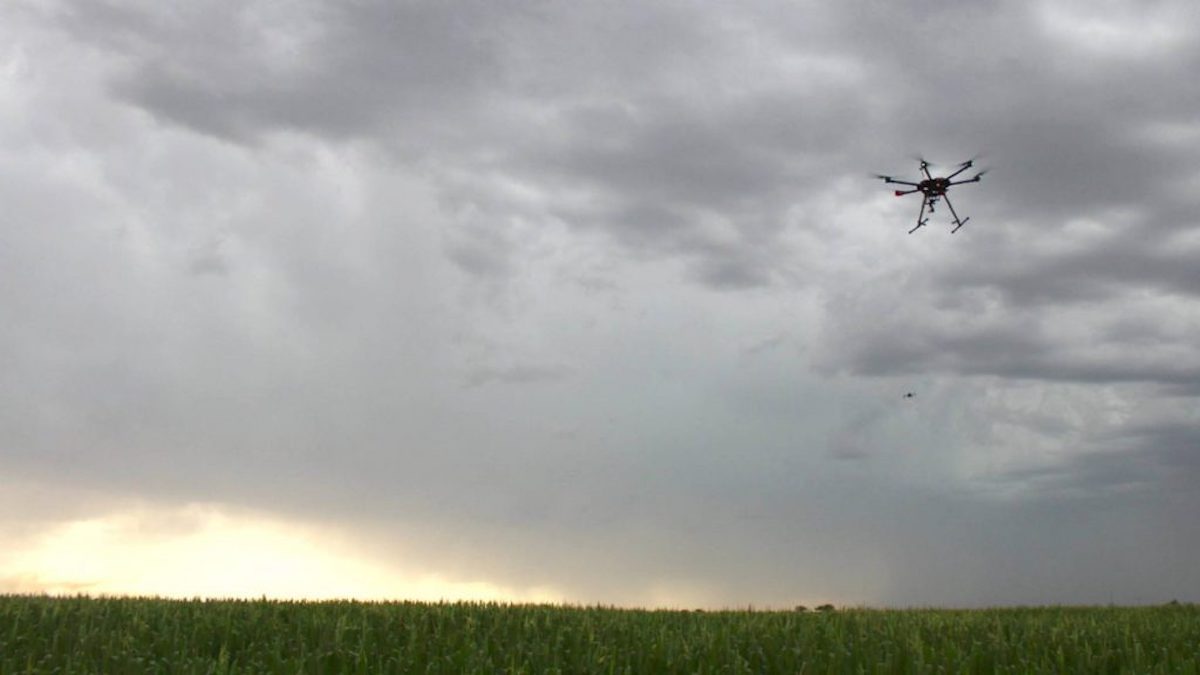-
Research brief: Why the 2020 La Nina didn’t lead to a wet Spring in SE Australia

During the 2020 La Nina, many areas of Australia received near average to severely below-average rainfall, particularly during November. CLEX researchers found that several compounding factors contributed to the drier-than anticipated spring conditions.
-
Research brief: backyard weather stations add 2.3m data points to Sydney temperature record
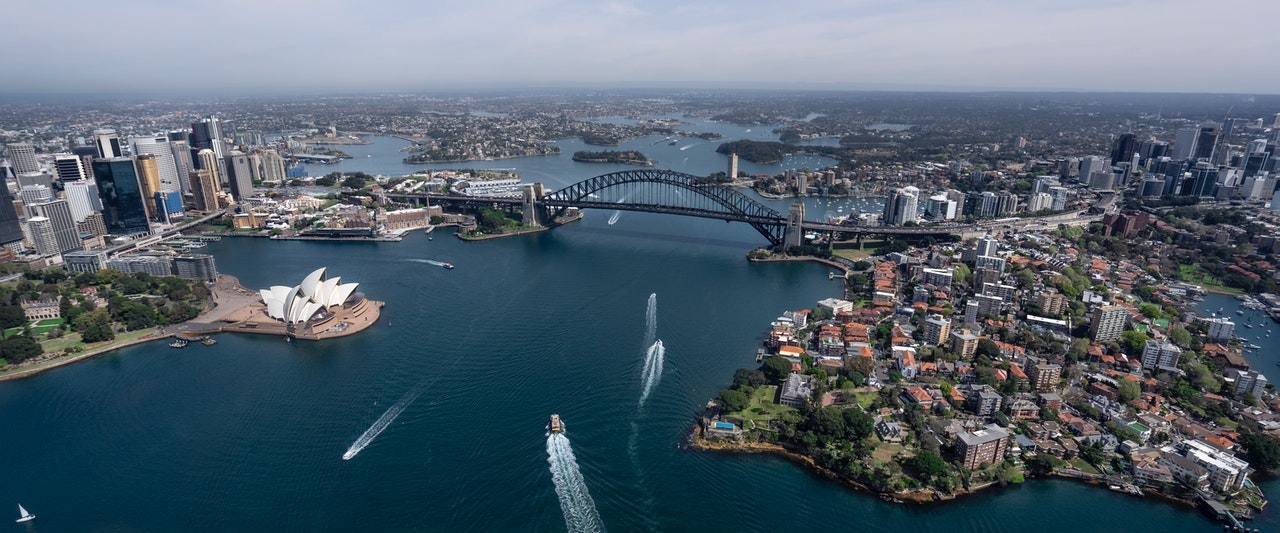
Variability in urban land-use results in microclimatic variability across a city that is not picked up by government weather station networks. Crowdsourced weather stations can fill these gaps.
-
Research brief: Why Melbourne’s worst storms come in lines

It has long been suggested in the literature, and discussed casually by meteorologists, that rainfall in Melbourne often occurs as lines of precipitation. However, this had yet to be quantified. CLEX researchers analysed 15 years of radar data from the Australian Radar Archive, using an objective method to identify and track these ‘linear systems’ based…
-
Antarctic climate variations found to originate north of Australia
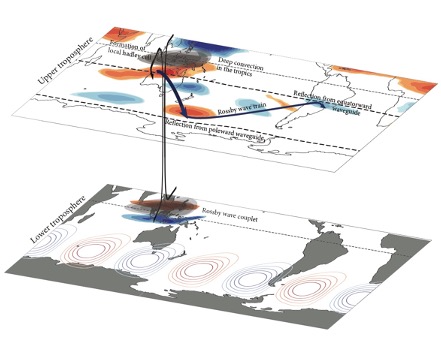
CLEX researchers have overturned a scientific paradigm that has existed for 50 years. New research published in Nature Geoscience shows the massive convection caused by the ocean just north of Australia, causes a chain reaction that is strong enough to put an almost permanent dent in the powerful winds that circle the Antarctic.
-
Research brief: Urban heat island effect amplifies Sydney heatwaves
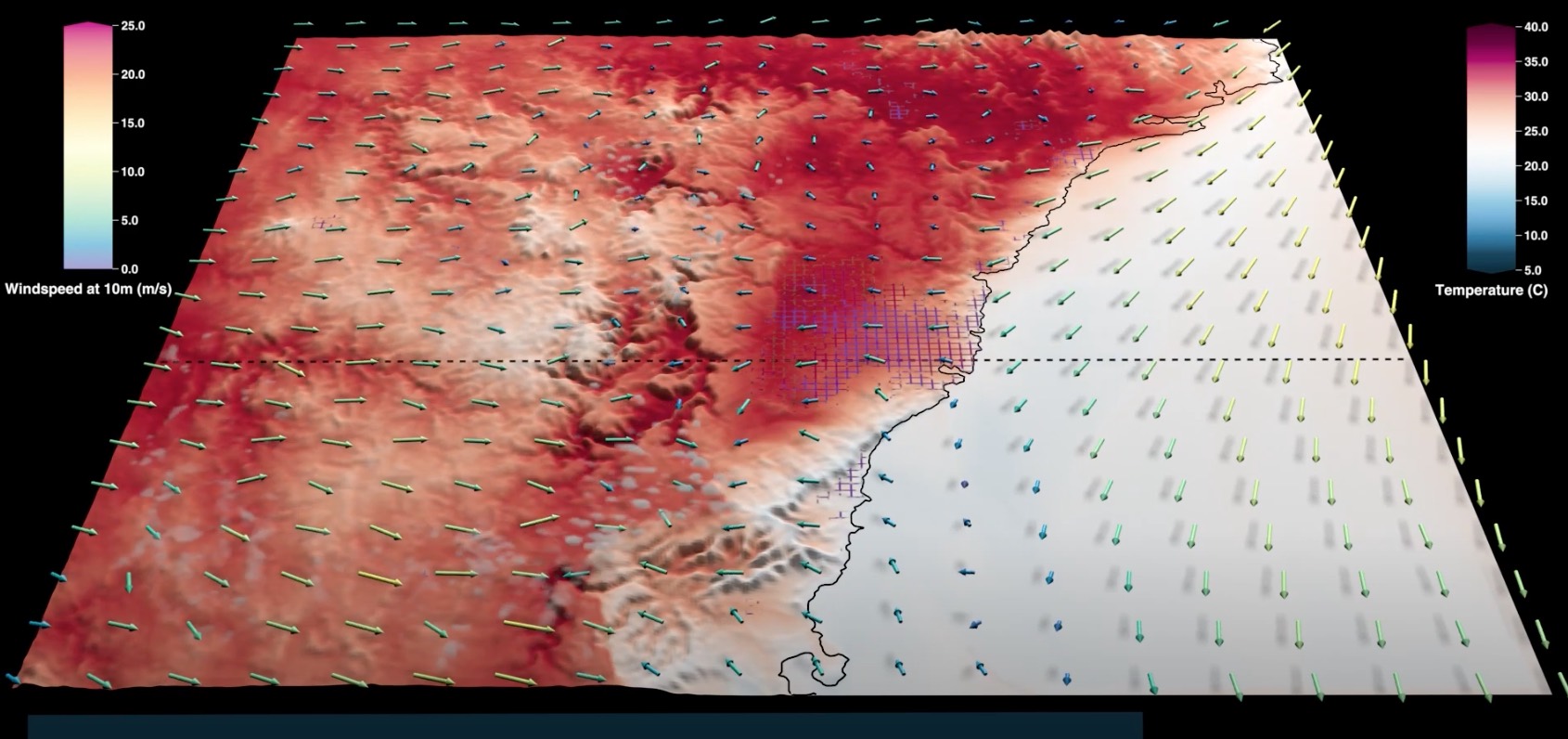
This research uses Sydney, Australia’s largest city, as a test case for our new configuration of the Weather and Research Forecasting model run at a very high resolution of 800 m with a new urban classification scheme that describes the complexity of Sydney’s built environment.
-
Research brief: How ENSO affects the North Atlantic

In this study, CLEX researchers and colleagues showed that the North Atlantic sea-surface temperature response to ENSO is nonlinear with respect to the strength of the sea-surface temperature forcing in the tropical Pacific.
-
Research brief: How cumulus convection changes with extreme rainfall

CLEX researchers used data from a wind profiler radar pair at Darwin, Australia, to determine the characteristics of individual up- and downdrafts observed at the site. They found updrafts with 5km vertical heights with extreme rain rates.
-
800m Simulation of 2017 heatwave – video & transcript

Research by Annette Hirsch into heatwaves over Sydney has been turned into a spectacular animation by Drew Whitehouse from NCI Vizlab.
-
Research brief: The rare event that amplified the dry Australian spring of 2019 is unlikely to happen again
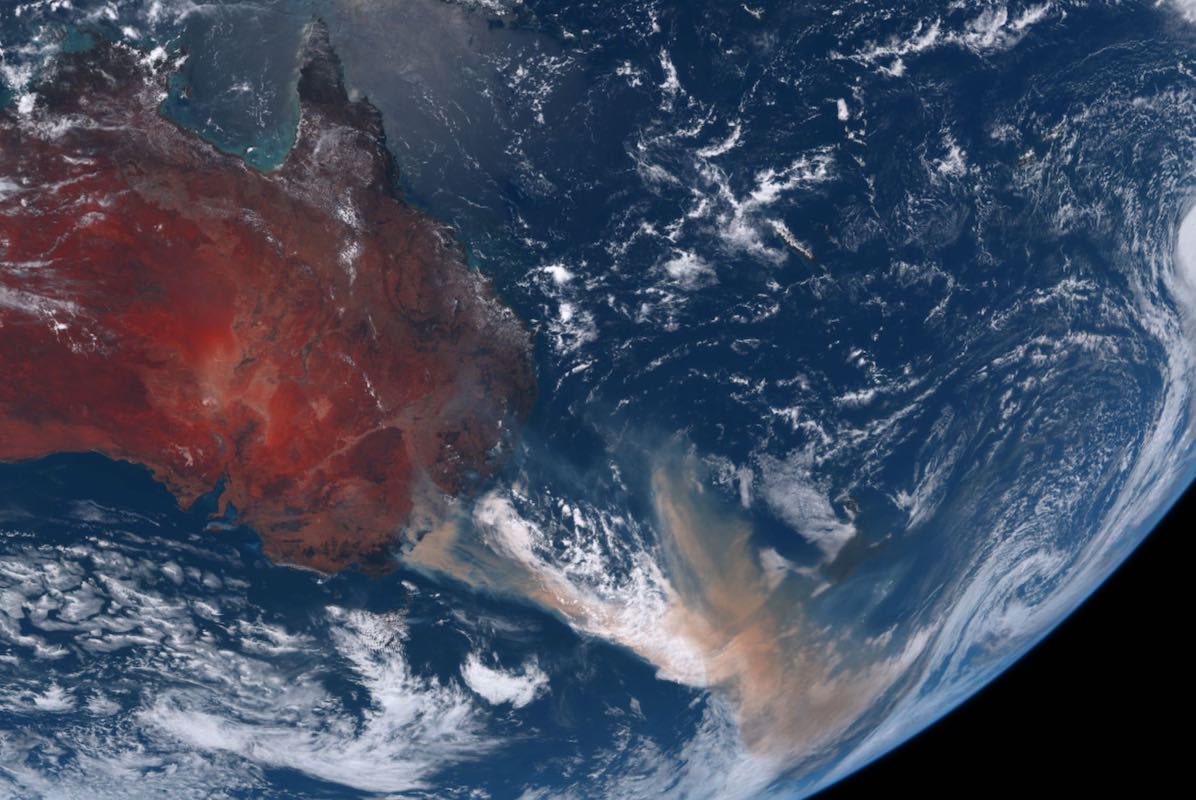
An unusual southern stratospheric warming event amplified the conditions that led to the Black Summer bushfires of 2019/20. CLEX researchers explored how frequently these rare warming events may occur with climate change.

